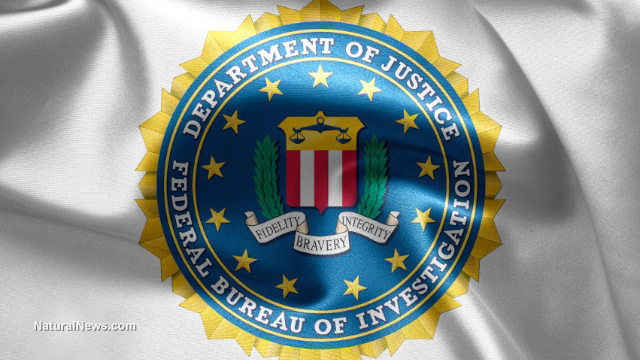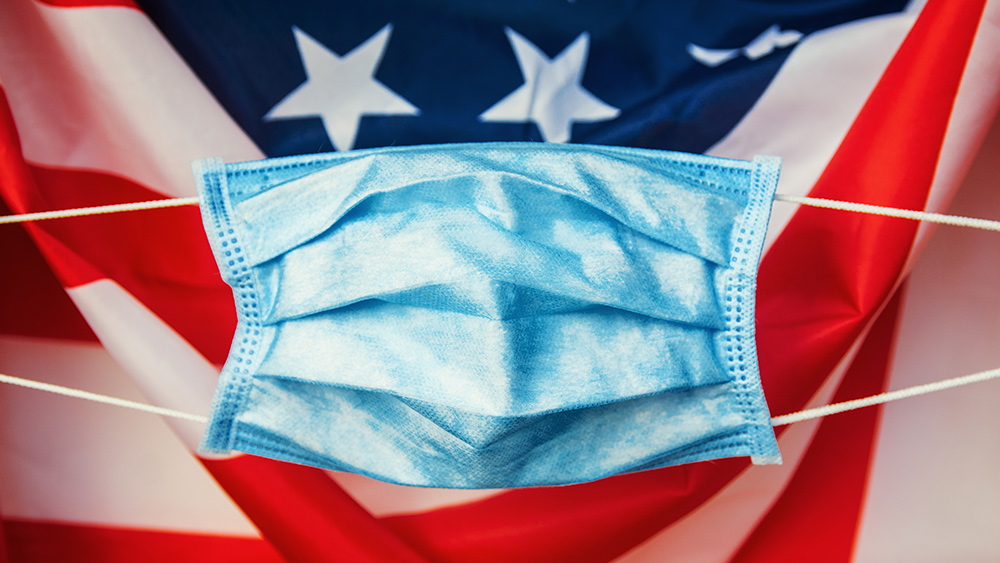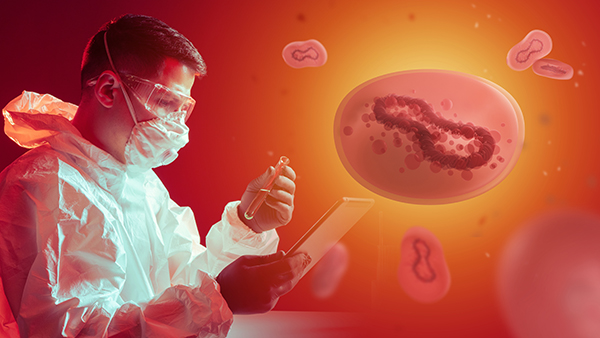Cold-blooded: Ron Gollobin never afraid to hunt snakes in swamps and crocodiles in the city
06/13/2022 / By Mary Villareal

In the 1950s, Ron Gollobin spent his time roaming wetlands at the edge of the Great Dismal Swamp with a boat and a motor. He spent most of his time in the swamps even though he loved the town.
Gollobin said he felt utter freedom while hunting for frogs, lizards, turtles and snakes.
In junior high, Gollobin’s interest in reptiles and amphibians picked up steam. His fascination with snakes also intensified under the tutelage of a classmate named John, an amateur herpetologist with a research-oriented approach to all cold and scaly creatures.
His reptilian education jumped from small, harmless snakes to deadly pit vipers. “I clearly remember the first time John showed me how to handle a poisonous snake – a cottonmouth. I grabbed the snake behind the neck, and it instantly wrapped its body around my arm and began squeezing as if it was a constrictor. Maybe I was hooked, because even though I was scared, I started to enjoy it.”
With John’s help, Gollobin built snake laboratory in his attic, which he populated with specimens in alcohol-filled jars. Essentially, he pickled the animals.
A 15-year-old in 1956, Gollobin found a get-rich-quick scheme in a newspaper article. Scientists at the time were looking for people who could bring them dried snake venom for $400 an ounce.
“In my tender teenage years, more than one get-rich-quick scheme shook their flashy lures and hooked me on their shiny, sharp barbs,” Gollobin shared. “Despite comic and cosmic serial failures, coupled with persistent pigheadedness, nothing kept me from seeking the next shortcut to wealth – least of all, learning from experiences.”
Gollobin started hunting for cottonmouths with business-like efficiency as he moved down the swamps methodically until his burlap sacks grew heavy with snakes that he will milk for their venom.
Week after week over the summer, he went from milking dozens of snakes to scoring hundreds. Unfortunately, that experience was a bust – he didn’t know how to purify snake venom, so four months of death-defying work went down the drain. The crash of the cottonmouth harvesting scheme was complete.
Sixty-six years later, Gollobin found he is heartened by his own audacity and teenage nerve. “I was always a risk-taker, always riding the edge, and catching cottonmouths taught me to remain calm in the rigidity of tense situations and were a good background for life in general,” he said.
Coming from a middle-class family, he was usually seen comfortable running with rednecks or the more refined individuals. “I was always a guy hovering between two worlds, and it served me well later in life.”
From snake hunter to award-winning investigative reporter
Indeed, Gollobin found a less dangerous career – although less dangerous may be a stretch. Instead of hunting for snakes, he hunted for stories and became an investigative reporter and master in his field.
In Virginia, he revealed a National Guard commander selling stolen goods to the city of Portsmouth.
In New Jersey, he uncovered what was the largest bank fraud case in the state at the time (1972). This earned him a nomination for the Pulitzer Prize and he became a finalist for the story that sent two bank presidents to prison, essentially ending their corrupt reign.
He later moved to television and spent decades at the WCVB-TV Boston, where he won awards for investigative reporting, trial coverage, general assignments and breaking news stories. He won five Emmy Awards for his outstanding work.
After he left television, he became a consultant specializing in media training, crisis communication for national publications, politicians, state and federal governmental agencies and more.
Over six decades after the 1956 summer of cottonmouth farming, Gollobin still reflects on the days of his youth. “I think about those days more and more. It was a crazy time in a young boy’s life that I can only compare to Tom Sawyer or Huck Finn. I had a charmed life in many senses, and it was a lucky way to grow up.”
Sources include:
Submit a correction >>
Tagged Under:
animal stories, cottonmouth snakes, Emmy Awards, human interest, investigative reporter, investigative reporting, Journalism, Pulitzer Prize, reptiles, Ron Gollobin, science, snake venom, snakes
This article may contain statements that reflect the opinion of the author
RECENT NEWS & ARTICLES
COPYRIGHT © 2017 REAL INVESTIGATIONS NEWS




















